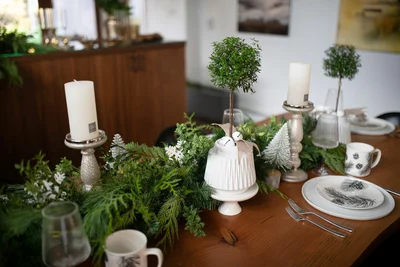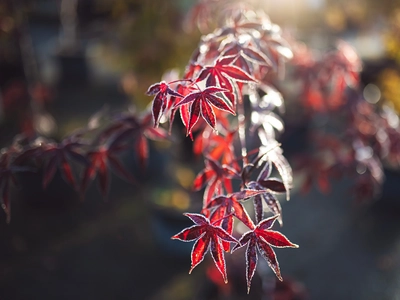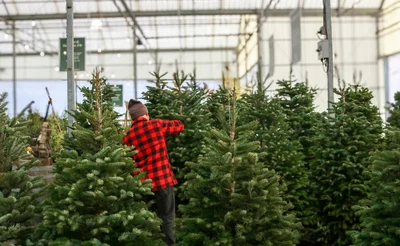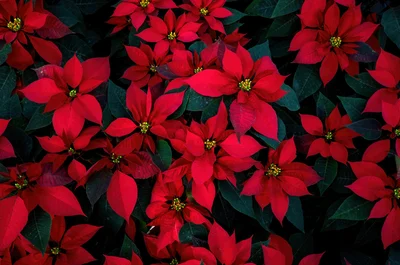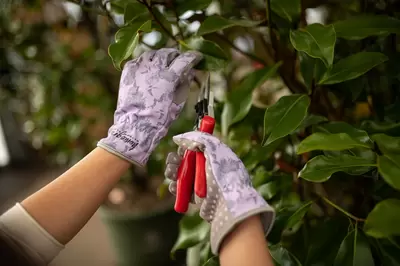
Written by: Ingrid Hoff
Pruning, there isn't a gardening practice that is more fraught with rules and anxiety. Really, it’s only a branch or a stem, and just like getting a bad haircut, it too can grow back. That being said, the level of “put down the pruners” rises exponentially as you go up in plant size. A small shrub, no big deal, a large tree… well, you might want to take a bit more time to think before making the cut. But please don’t let fear of “doing the wrong thing” ever stop you, it’s just pruning.
Generally speaking, pruning should be done in late winter/early spring. There’s not much else going on outside, and with all those deciduous shrubs and trees being bare it’s the perfect time to take stock of their shape and consider “adjustments.” Pruning during this dormant period means that when new growth does start, the plants energy can be more focused into the kind of heathy new growth you want to see. So, get out there and do your pruning before the leaves start to unfurl. But, let’s not forget our evergreen friends, early spring is also a great time for pruning your evergreen shrubs and trees. Just because your plant still has leaves/needles doesn’t mean that they didn’t go dormant over the cold months. They will also benefit from a quick cleanup pruning.
But before you pick up the pruners, let’s get into a few important points to consider.

Why?
So, why bother? Well, to be honest you don’t have to, your plants will keep growing if you don’t prune them. But they might get overgrown, be less colourful, or even stop producing… so it’s worth it. Pruning controls, the shape and size of your shrubs. Some shrubs with vibrantly coloured stems, such as red osier dogwoods, have better colour if you prune them to the ground. Old overgrown shrubs and trees can be rejuvenated by cutting out up to ¼ of the old wood. And in many cases a well-timed pruning can encourage your plants to produce more flowers or fruit.
Research
This is by far the best place to start. You need to “know” before you cut. If you cut the wrong plant at the wrong time you can pay the price by losing flowers and/or fruit, or perhaps just have to put up with an awkward looking plant for a little while. Not the end of the world but definitely something you want to avoid if possible. So, go out and learn a little bit about the plant in question since there are a few rules. There are so many sources available, the tag the plant came with may have information, do a quick internet search, ask one of the amazingly knowledgeable staff at GARDENWORKS, or even read a blog (see, you’re already part way there). A little bit of information can be infinitely helpful.
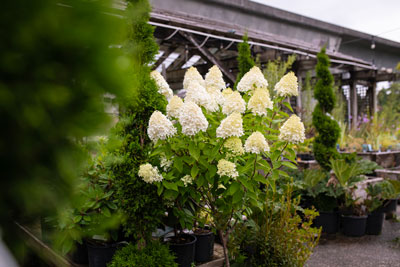
Rules
This brings me to the idea of pruning rules, and believe me there are a few. Unless you are working with topiary, pruning should ultimately follow the natural form of the plant in question. You really need to know the plant (see the above section on research). But when in doubt here are a few generalized rules to follow.
- Shrubs and trees that bloom on new wood should be pruned in late winter/early spring. Those that bloom on old wood (spring bloomers) should be pruned after their flowers fade in late spring or summer. What this means is that you should always prune spring blooming plants after they flower, because in order to bloom so early in the spring they actually form and set their flower buds in the previous growing season. If you prune them before they flower you are cutting all the flowers off.
- Dead, diseased, dying, damaged, or disfigured, the five Ds. This kind of pruning is to remove weak branches to make room for the healthy growth. It can really be done at any time of the year, not just in the spring. It’s fairly self-explanatory, you want to remove branches by cutting back to healthy wood or all the way to the ground.
- Crossing and/or rubbing branches are problematic because they can cause damage by rubbing or give your shrub/tree an unattractive messy look. By getting rid of crossing branches, you create a visually pleasing open look.
- Sharp, clean, and proper tools for the job. This should never be understated; you need to have good tools. Bad, dull tools are hard on you and your plants. So, take the plunge and invest in some good ones, you will have them for years and won’t regret it.
- Heading and thinning cuts are the two different types of pruning you do in your garden. Heading cuts are when you shear a plant, such as a hedge. This is when you cut a branch or stem at some mid-point and the response of the plant is to “bush out.” This is quite different from thinning cuts that are the more common type of pruning done at this time of year. A thinning cut should be made all the way back to a node (where one branch or stem meets another). You are effectively taking out a whole branch or stem, never cutting in the middle of a stem or branch. Thinning cuts allow you to maintain the beautiful natural shape and structure of the shrub/tree.
I hope now you are adequately calm, relaxed and feel armed with the information you need to “do it right.” If so, you are ready to prune. Make sure you have your sharp, clean pruners and feel confident that you are ready to make the cut. If you still have doubts, then remember the old adage “think twice and cut once” and you’ll be just fine.

